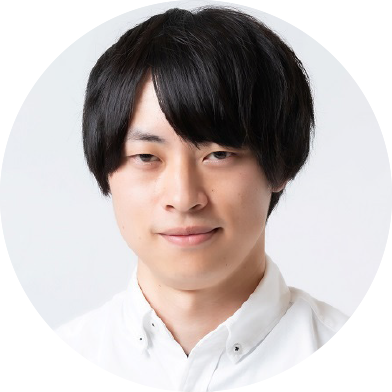MANA International Symposium 2025
Session 3-4
Abstract
Light confined in nanostructured arrays interacts significantly with the surrounding molecules owing to its strong electromagnetic field enhancement effect. The strong light-molecule interactions are important for diverse applications, including cavity quantum electrodynamics, nonlinear enhancement, sensors, and spectroscopy. The quality (Q) factor is a measure of the energy dissipation of confined light, and both material selection and structural design play major roles in maximizing the experimental Q factors. Recently, quasi-bound states in the continuum (qBICs) in dielectric materials have attracted considerable attention owing to their design flexibility in controlling radiative losses through precise structural design.
Reference
- C. W. Hsu, B. Zhen, A. D. Stone, J. D. Joannopoulos and M. Soljacic, Nat. Rev. Mater. 1, 16048 (2016). DOI: 10.1038/natrevmats.2016.48
- K. Watanabe, H. R. Devi, M. Iwanaga, and T. Nagao, Adv. Opt. Mater. 12, 2301912 (2024). DOI: 10.1002/adom.202301912
- K. Watanabe and T. Nagao, ACS Photonics, Under review (2025).
- K. Watanabe, T. Nagao, and M. Iwanaga, Nano. Lett. 25, 2777 (2025). DOI: 10.1021/acs.nanolett.4c05880

